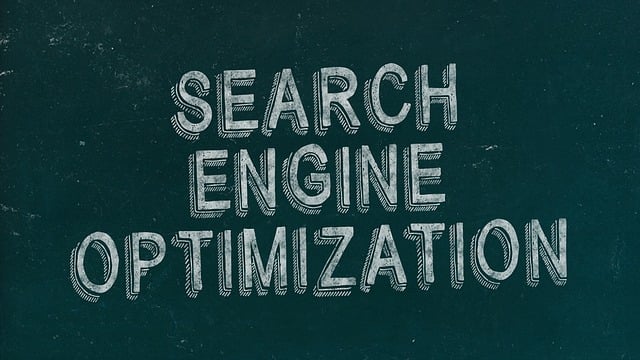AI-powered ghost kitchen optimization is transforming food delivery services in urban areas through advanced machine learning and data analytics. Key tools include AI route delay forecasting for accurate arrival times and optimized courier routes, and predictive demand forecasting for efficient inventory management and menu planning. These technologies enable ghost kitchens to reduce waste, enhance customer satisfaction, and adapt swiftly to changing preferences, giving them a competitive advantage in the dynamic food delivery landscape, particularly through enhanced operational efficiency and improved on-time deliveries.
In the dynamic landscape of food delivery, AI-driven ghost kitchens are revolutionizing efficient demand management. This article explores the power of AI in optimizing ghost kitchen operations through predictive demand forecasting and innovative route delay forecasting techniques. We delve into how advanced algorithms anticipate customer preferences, enhancing meal preparation and delivery logistics. By understanding these cutting-edge strategies, businesses can ensure swift deliveries, reduce waste, and elevate the overall customer experience in the fast-paced world of food technology.
- Understanding AI-Powered Ghost Kitchen Optimization
- The Role of Predictive Demand Forecasting
- Enhancing Efficiency: AI Route Delay Forecasting Techniques
Understanding AI-Powered Ghost Kitchen Optimization

AI-powered ghost kitchen optimization is transforming the way food delivery services operate, particularly in densely populated urban areas with high demand for quick and efficient dining solutions. By leveraging machine learning algorithms and data analytics, AI systems can predict customer demand patterns, optimize routing for delivery personnel, and enhance overall operational efficiency. One key aspect of this technology is AI route delay forecasting, which estimates potential delays caused by traffic conditions, weather, or other factors, allowing couriers to plan more accurate arrival times.
This predictive capability not only ensures that customers receive their orders faster but also enables kitchen managers to streamline meal preparation processes, minimizing food waste and enhancing customer satisfaction. By understanding AI-driven demand forecasting, ghost kitchens can make informed decisions regarding staffing, menu planning, and inventory management, ultimately contributing to a more sustainable and profitable business model in the dynamic landscape of food delivery services.
The Role of Predictive Demand Forecasting

Predictive demand forecasting is a game-changer in the dynamic world of ghost kitchens, also known as cloud kitchens or dark stores. With the rapid growth of online food delivery services, efficient inventory management and optimized resource allocation have become paramount for success. AI-driven predictive demand forecasting plays a pivotal role in achieving these goals. By analyzing historical data, market trends, and various external factors such as weather conditions and local events, these advanced algorithms can accurately predict peak ordering times and popular menu items.
This technology goes beyond simple order prediction by considering the AI route delay forecasting. It helps kitchen operators plan delivery routes more efficiently, ensuring timely food delivery without unnecessary delays. By integrating real-time data and machine learning models, predictive demand forecasting enables ghost kitchens to adapt swiftly to changing consumer preferences, minimize waste, and enhance overall operational effectiveness.
Enhancing Efficiency: AI Route Delay Forecasting Techniques

AI ghost kitchen predictive demand forecasting has revolutionized food delivery logistics, enabling efficient operations and reduced costs. Among its numerous advantages, AI route delay forecasting stands out as a game-changer in enhancing efficiency. By leveraging machine learning algorithms to predict potential delays caused by factors like traffic conditions, weather, and historical data, AI systems can optimize delivery routes in real-time.
This proactive approach ensures that couriers are directed along the most efficient paths, minimizing time wasted and maximizing on-time deliveries. In a bustling urban environment with constant changes, AI route delay forecasting provides a competitive edge by allowing ghost kitchen operators to manage resources more effectively, ultimately leading to better customer satisfaction and improved operational performance.
AI ghost kitchen predictive demand forecasting is transforming the food delivery landscape. By leveraging advanced algorithms and data analytics, especially in AI route delay forecasting, ghost kitchens can significantly enhance operational efficiency. This technology allows for more accurate order fulfillment, reduced wait times, and improved customer satisfaction. As the industry continues to evolve, embracing these innovations will be key for ghost kitchen businesses to stay competitive and meet the ever-growing demands of modern consumers.
